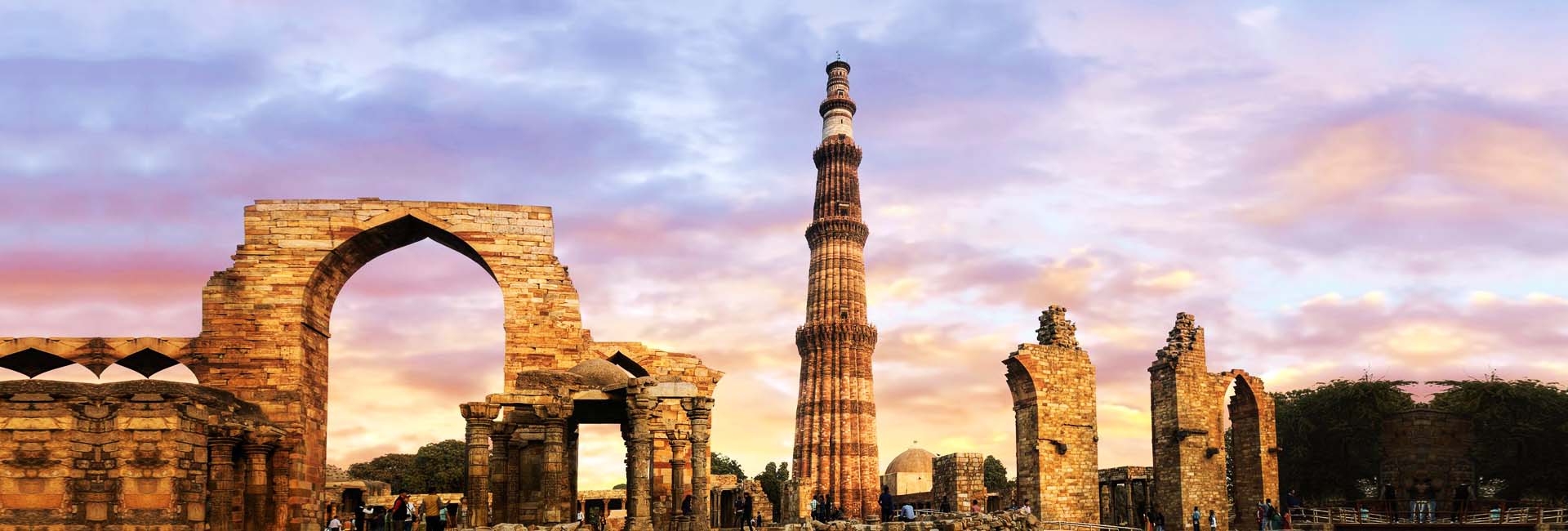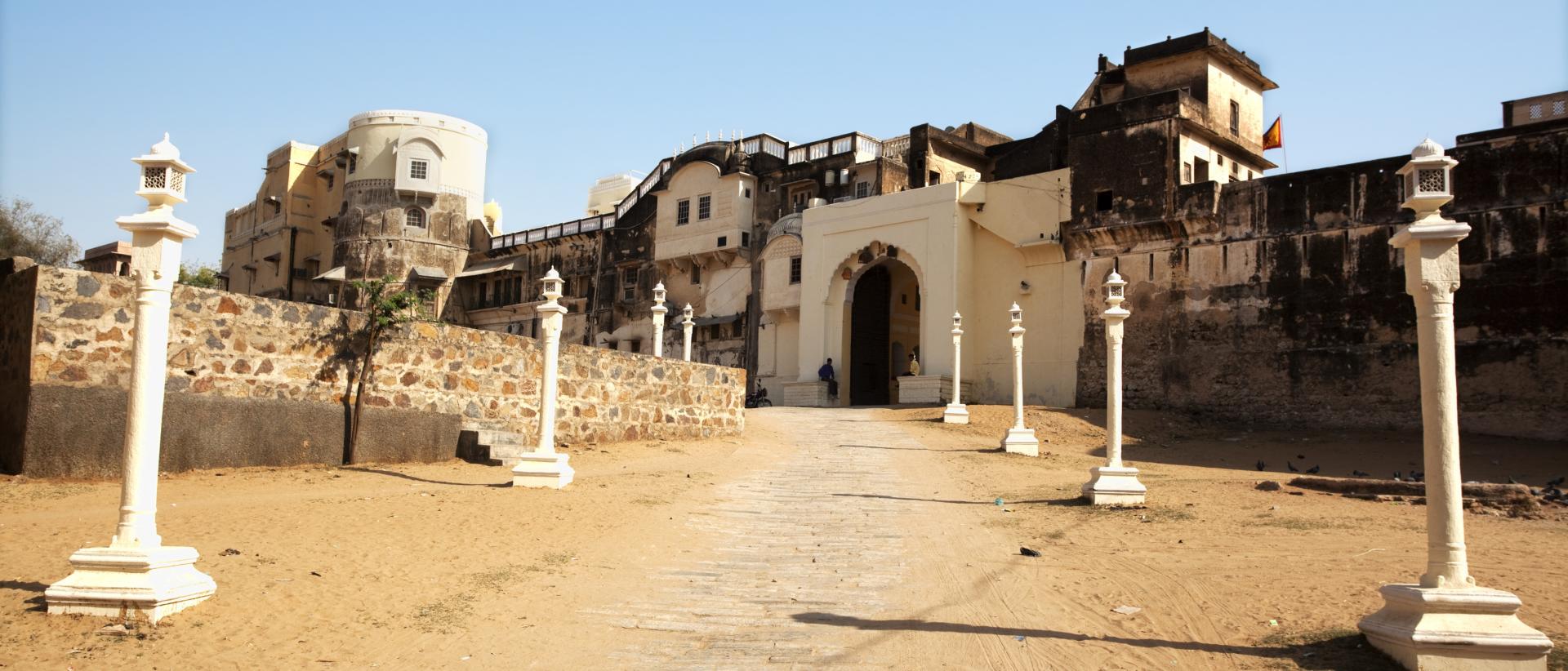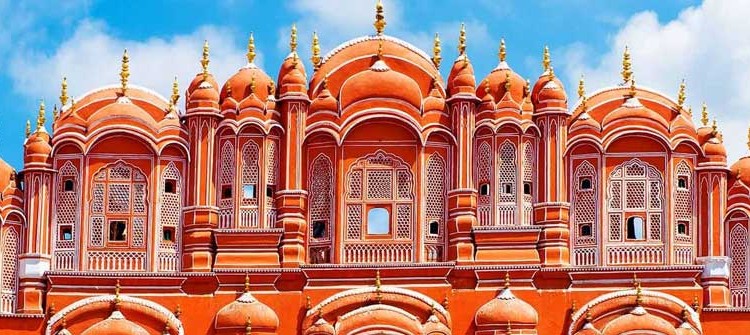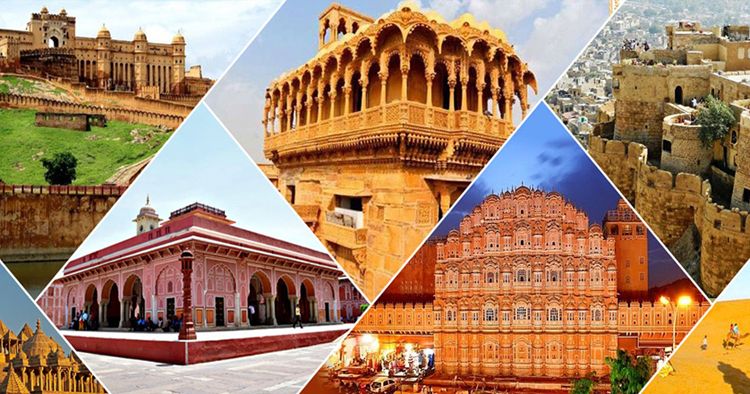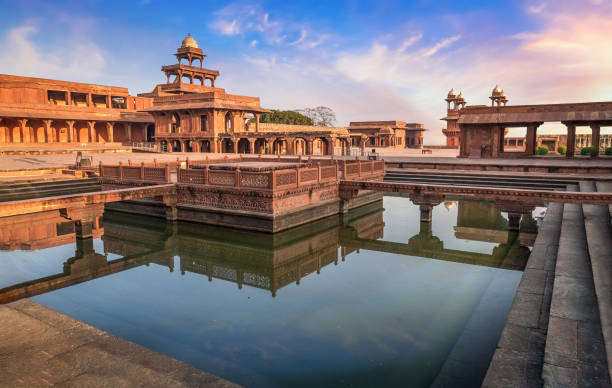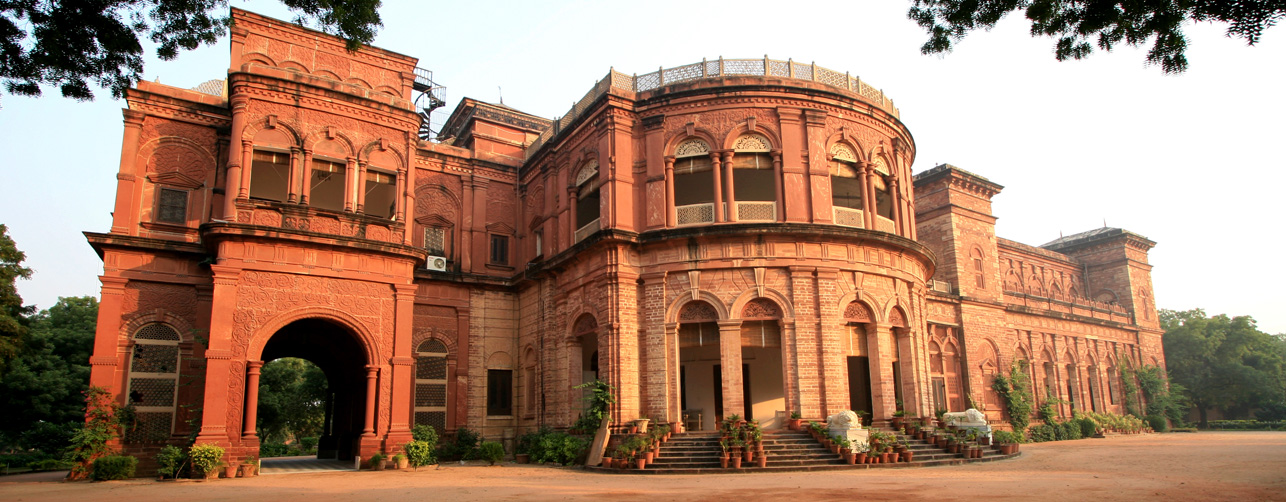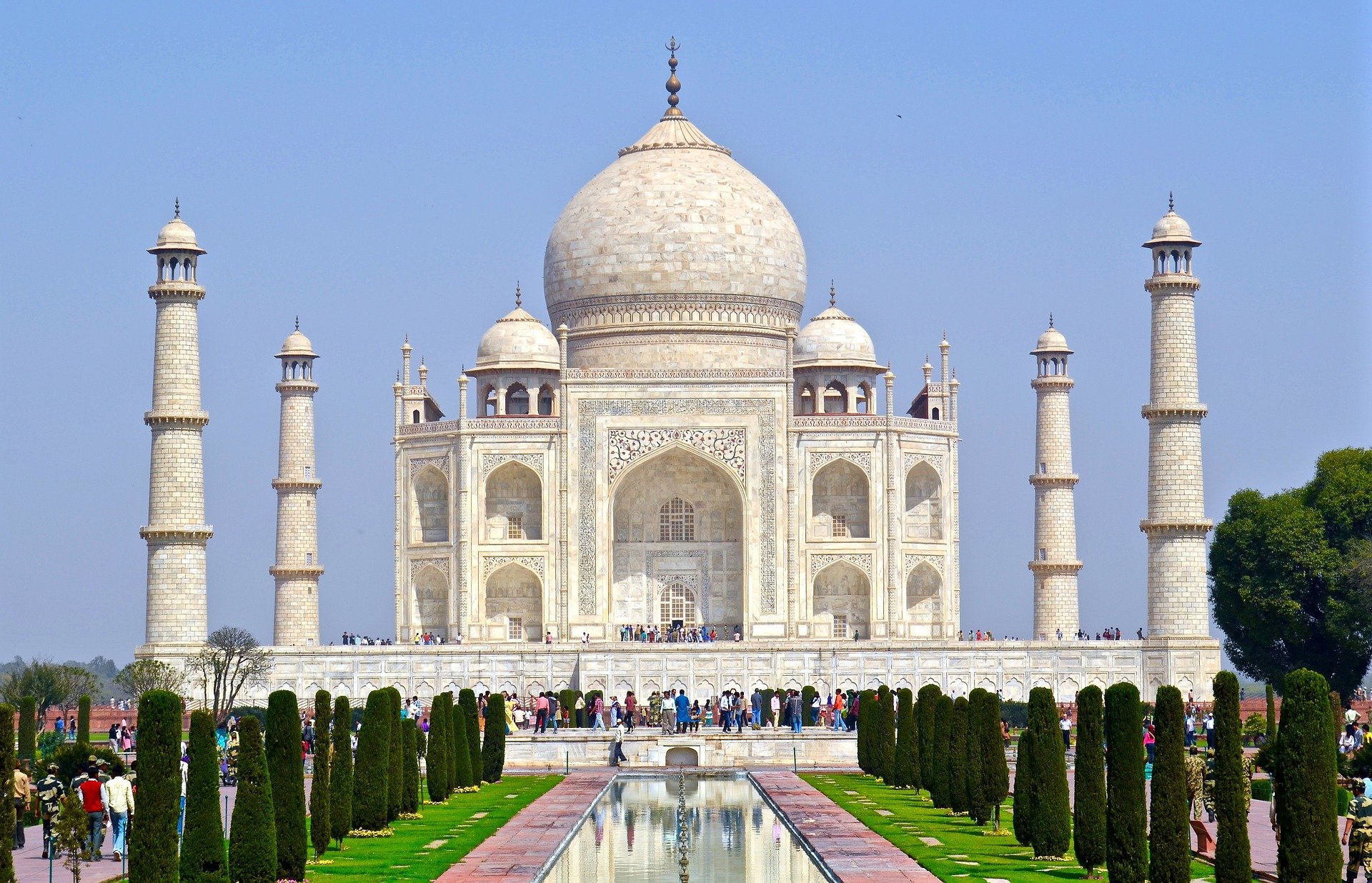India's Golden Triangle with Mandawa & Dholpur!
Route : Delhi Mandawa Agra Jaipur Dholpur Delhi
8 Days 7 Nights
Overview
India's Golden Triangle with Mandawa & Dholpur!
Location Map
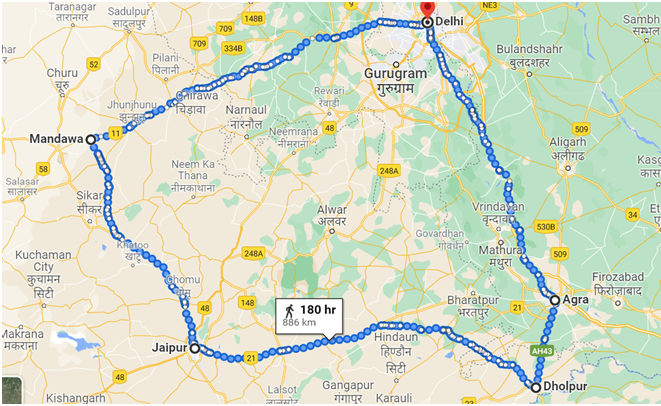
Itinerary
-
1Day 1 : ARRIVE DELHI
Meeting and assistance on arrival and transfer to Hotel Overnight stay at hotel
-
2Day 2 : DELHI
Breakfast at hotel Later city sightseeing of Old and New Delhi. Visit the 7 th city of Delhi, Shahjahanabad (Old Delhi), built by the Mughal Emperor Shah Jahan (1639-48 AD) after he shifted his capital from Agra to Delhi. Visit Raj Ghat on the banks of the river Yamuna, Mahatma Gandhi’s Memorial, where he was cremated following his assassination in January 1948. An eternal flame burns 24 hours. Later proceed for New Delhi. Visit the mausoleum of emperor Humayun - a forerunner of the Mughal style of architecture. Drive past the India Gate (war memorial dedicated to the lives of laid down by the Indian soldiers), the president's residence - formerly the Viceroy's Palace, parliament House and the Secretariat buildings, - an interesting blend of the Victorian and 20th century architecture. Overnight stay in the hotel.
-
3Day 3 : DELHI - MANDAWA (APPROXIMATELY 260 KMS / 07 HRS.)
Breakfast at hotel Morning depart by surface for Mandawa, on arrival check in at hotel Overnight stay in the hotel.
-
4Day 4 : MANDAWA - JAIPUR (APPROXIMATELY 168 KMS / 04 HRS.)
Breakfast at hotel. Morning visit Havelis and Old Mansions in Mandawa and get a chance to meet locals. Later depart by surface for Jaipur, on arrival check in at hotel. Later afternoon walking tour to local bazaar. The group drives to the centre of Jaipur city by coach and from here onwards they walk thru the bazaars of Jaipur, escorted by their guide. The most interesting spots on this walking tour are the flower market, the vegetable market and the wholesale Spice Market. The clients can shop for Indian Spices on this tour as they will be well briefed by the guides on the various spices and their usage prior to the start of this tour. This will also be a great experience for the clients to check their bargaining skills while they shop in the local market. The clients will have a chance to mix with the local people of Jaipur and this tour will also offer them immense opportunities to take picture of the local live in Jaipur. After spending some time in the local market, all group members take a bicycle rickshaw and enjoy ride through colourful bazaars. Altogether, a memorable experience... Overnight stay in the hotel
-
5Day 5 : IN JAIPUR
After breakfast excursion trip takes you to Amber Fort by jeep. En-route, make a photo stop at the palace of winds the HawaMahal. A 5- storied building with 25cm thick facade from the 18 th century having 953 windows and niches so that ladies of royal family could see the processions and events in the city without being visible to the people. Proceed to the Amber Fort situated 130m high with the Aravalli hills around and 11 km north of Jaipur. It was the ancient capital of the Rajputs till 1037. Afternoon visit the “Pink City” of Jaipur. The City Palace occupies the center of Jaipur. It now houses the Royal residence and museums with collections of textiles and costumes, armoury, manuscripts, paintings etc. Also visit Jantar Mantar (1728-34) by king astrologer Jai Singh II. The instruments are built of stone with marble facing on the important plains for measuring the harmony of the heavens. Each instrument serves a particular function and each gives an accurate reading. Enjoy bicycle rickshaw ride in the bazaar during the sightseeing tour. Overnight stay in the hotel.
-
6Day 6 : JAIPUR - FATEHPUR SIKRI- DHOLPUR (APPROXIMATELY 248 KMS / 05-06 HR)
After breakfast, late morning depart by surface for Dholpur, en route visiting Fatehpursikri. Fatehpursikri was built by Emperor Akbar in 1569 and abandoned after 15 years due to scarcity of water. Visit the remarkably well-preserved, graceful buildings within the 'Ghost City' including the Jama Masjid, tomb of SalimChisti, PanchMahal Palace and other palaces that speak of the grandeur and splendor of the Mughal empire at the height of its power. After visiting Fatehpur sikri drive continue to Dholpur, according to the Epics was initially known as Dhawalgiri and later on Dhaulagir, and now as Dholpur. Before the battle of Mahabharat this whole area was under the Yadavs. Whose different branches were spread over the entire area extending from the south of the river Chambal. There is a common belief that some of the Aryan races also lived in this part. Col. James Todd in his book ‘Annals and Antiquities of Rajputana’ has mentioned that the area was submerged under sea during the Ramayan period. The key to the ancient history of Dholpur is the ruins of strength fort which is situated on the bank of river Chambal. According to the Modern Review’s Hindi edition Vishal Bharat published during 1957. The author in one of its edition has linked Dholpur to the period of Lord Vishnu. According to him the present fort was the seat of lord Vishnu and all around was water. Looking at the condition of the fort it appears that it is very ancient but its age can only be ascertained by chemical analysis. Overnight at hotel
-
7Day 7 : DHOLPUR - AGRA (APPROXIMATELY 46 KMS / 3 HR)
Breakfast at hotel, Morning excursion to national Chambal sanctuary, which is 400 Km protected stretch of the river. A safari takes you on an hour ride down the River Chambal, drifting past gharials baskings on the sandbanks, marsh crocodiles and turtles’ sunning themselves on the rocks and a wealth of birds fluttering around. (Boat ride is subject to water level) After breakfast depart by surface for Agra en route. Afternoon visit Agra Fort, built alongside the Yamuna River stretching almost 2.5 km. The fort’s colossal double walls rise 20 m in height and measure 2.5 km in circumference. The fort is surrounded by a moat. The lofty battlements of the Agra fort cast its protective shadow over the far stretching mansions of nobles and princes built along the riverfront. The magnificent towers, bastions and ramparts and majestic gateways symbolized the confidence and power of the third Mughal emperor. The fort contains splendid palaces both in red sandstone and white marble built by two generations of prolific builders, Akbar and later on by Jahangir and Shahjahan. Of the nearly 500 Akbari buildings built in the Bengal and Gujarati traditions, only a few have survived, arrayed in a band on the riverfront. Overnight stay in the hotel. DAY 08 AGRA - DELHI (APPROXIMATELY
-
8Day 8 : AGRA - DELHI (APPROXIMATELY 203 KMS / 5 HRS)
Taj Mahal at sun rise… Visit the Taj Mahal (1631-1653), a poem in white marble, built by Shah Jahan in memory of his beloved wife, Mumtaz Mahal. Rabindranath Tagore calls "a teardrop on the cheek of time". TajMahalmeans "Crown Palace" and is in fact the most well-preserved and architecturally beautiful tomb in the world. It is best described by the English poet, Sir Edwin Arnold, as "Not a piece of architecture, as other buildings are, but the proud passions of an emperor’s love wrought in living stones." It is a celebration of woman built in marble and that’s the way to appreciate it. As a tribute to a beautiful woman and as a monument for enduring love, the Taj reveals its subtleties when one visits it without being in a hurry. The dome is made of white marble, but the tomb is set against the plain across the river and it is this background that works its magic of colours that, through their reflection, change the view of the Taj. The colours change at different hours of the day and during different seasons. Like a jewel, the Taj sparkles in moonlight when the semi-precious stones inlaid into the white marble on the main mausoleum catch the glow of the moon. The Taj is pinkish in the morning, milky white in the evening and golden when the moon shines. These changes, they say, depict the different moods of woman.(Taj Mahal remains closed on Fridays). Afternoon check out from hotel and drive to Delhi International Airport to connect a flight for onward destination

